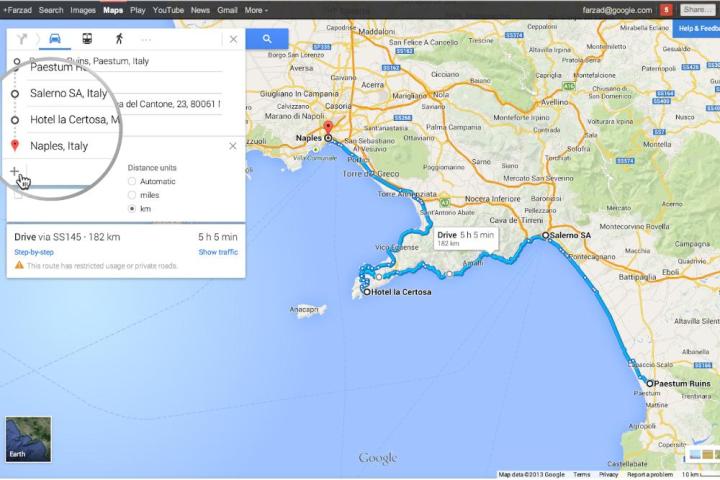
Google is apparently continuing the theme of using its considerable power and influence for good.
After announcing a new initiative to make it more difficult to find child porn photos and videos online, Google revealed that they will be deleting photos of Kevin Barrera, whose slain body was captured on Google Maps, from its database of satellite images. Barrera, a 14 year old San Francisco resident, was shot to death back in 2009 while heading home from school.
“Our hearts go out to the family of this young boy, said Brian McClendon, Vice President of Google Maps, in a statement. “Google has never accelerated the replacement of updated satellite imagery from our maps before, but given the circumstances we wanted to make an exception in this case.”
While Google pledged to remove the photos, the change won’t come for eight days. The Mountain View, Calif. tech giant said that it will examine “different technical solutions” in its efforts to make the changes.
Unfortunately, the case of Barrera’s death remains unsolved. But at least Jose Barrera, Kevin’s father, won’t have to worry about getting visual reminders of his son’s demise from Google Maps for much longer.
